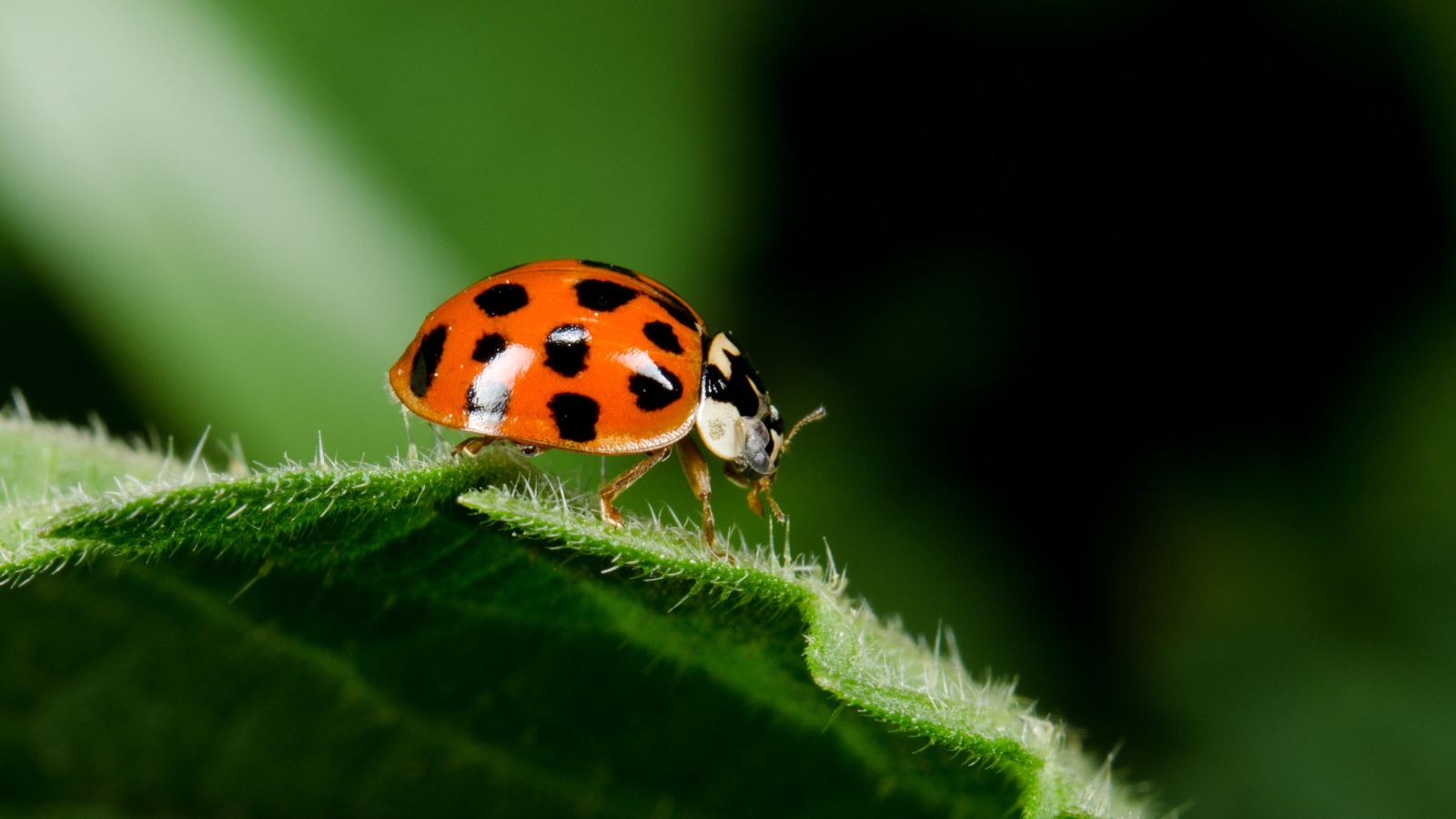Britain’s wildlife has been shaped by countless invasions over the centuries. Some of these newcomers have had a profound impact on the island’s ecosystems. From furry mammals to tiny insects, these invasive species have left an indelible mark on Britain’s natural landscape.
Grey Squirrel
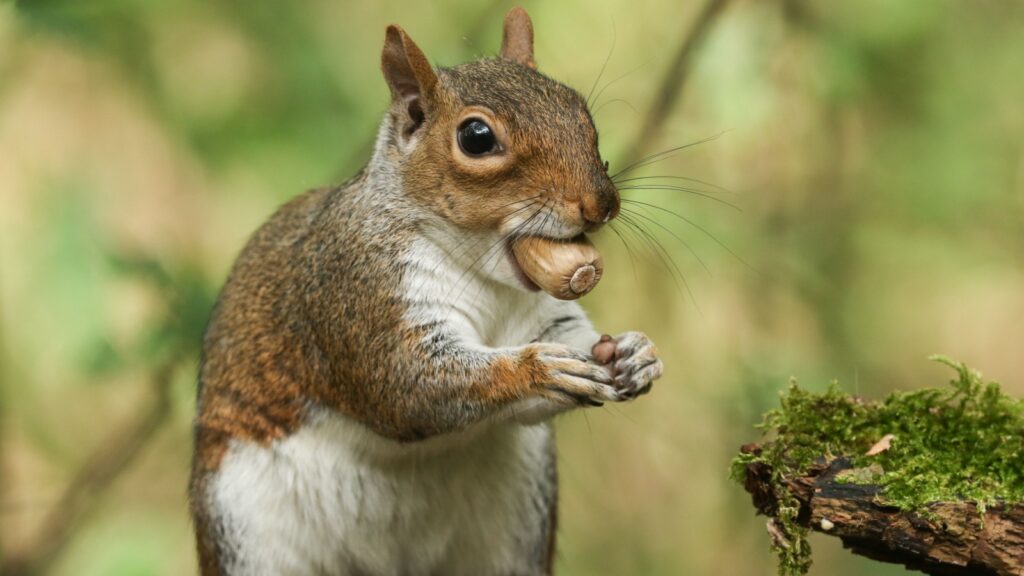
The grey squirrel, introduced from North America in the late 19th century, has become one of Britain’s most notorious invaders. These bushy-tailed rodents outcompete native red squirrels for food and habitat. They also carry a virus that’s harmless to them but deadly to their red cousins. As a result, red squirrel populations have plummeted, now confined to a few isolated areas in Britain.
Signal Crayfish
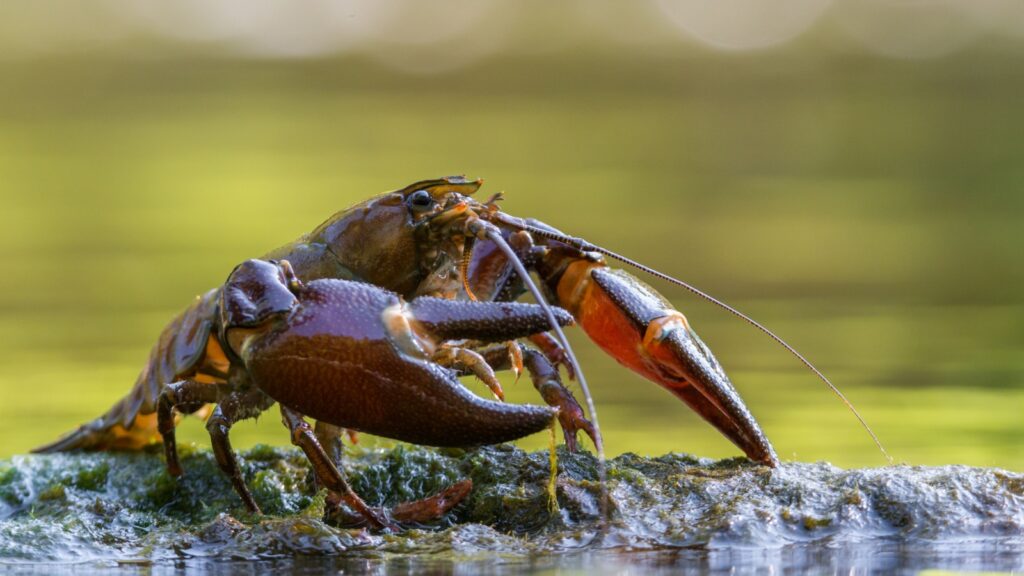
The signal crayfish, brought from North America for farming, has wreaked havoc in British waterways. These large, aggressive crustaceans outcompete and prey on native white-clawed crayfish. They also carry a fungal disease that’s fatal to the native species. Signal crayfish burrow into riverbanks, causing erosion and increasing flood risk. Their presence has dramatically altered the ecology of many British rivers and lakes.
Ring-Necked Parakeet

Bright green and noisy, ring-necked parakeets are now a common sight in many British cities. These exotic birds, native to Africa and India, likely escaped from aviaries or were released by pet owners. They compete with native birds for nesting sites and food. While some people enjoy their colorful presence, others worry about their impact on native wildlife and crops.
Chinese Mitten Crab
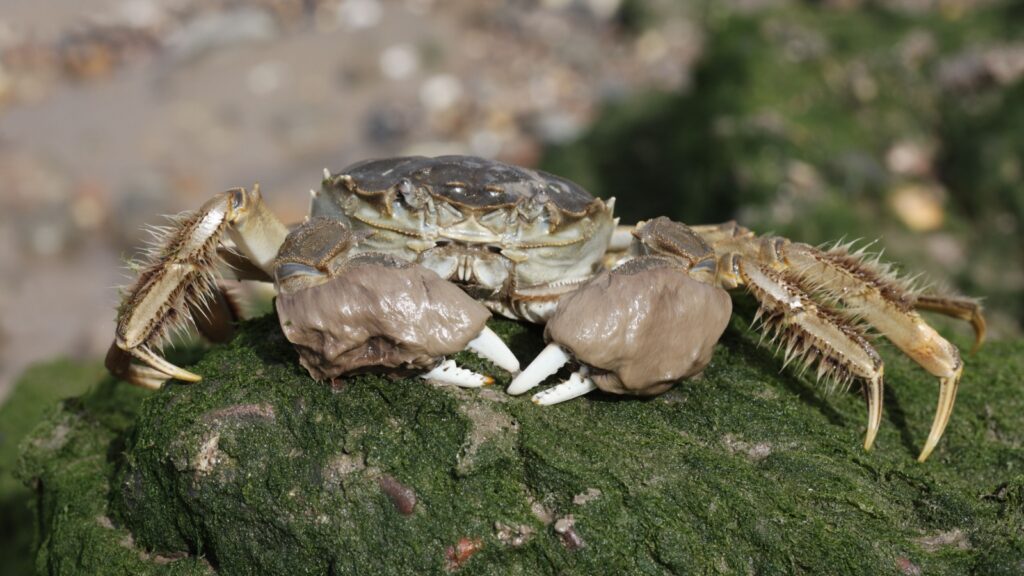
The Chinese mitten crab, named for its furry claws, arrived in Britain in ship ballast water. These crabs have spread through many British waterways, burrowing into riverbanks and causing erosion. They compete with native species for food and space. Chinese mitten crabs can also damage fishing gear and clog water intakes, causing economic problems.
Harlequin Ladybird
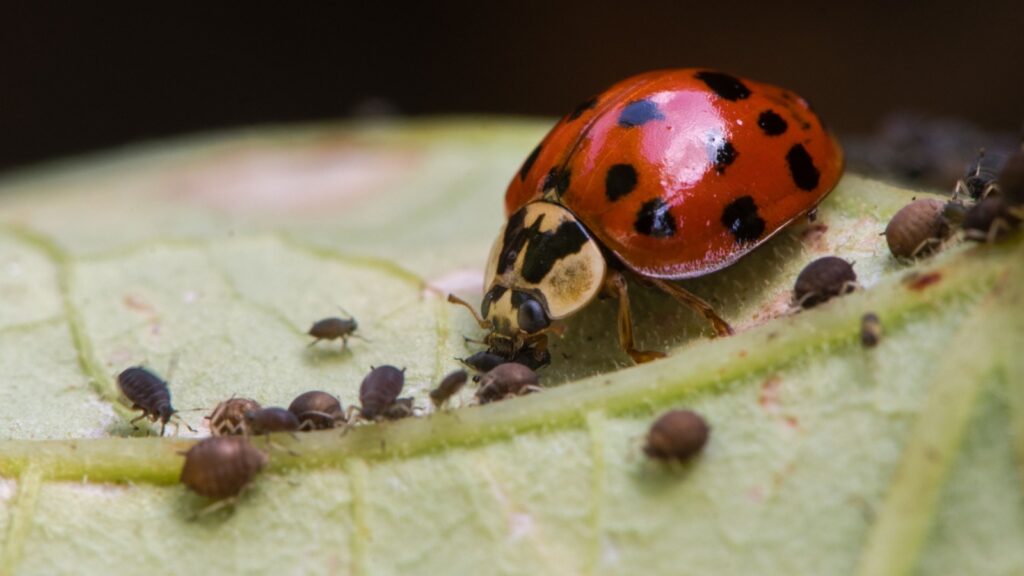
The harlequin ladybird was introduced to Europe as a pest control agent, but quickly spread to Britain. These voracious insects outcompete native ladybirds for food and even eat their eggs and larvae. Harlequin ladybirds can also be a nuisance to humans, entering homes in large numbers during winter. Their arrival has led to declines in several native ladybird species.
American Mink
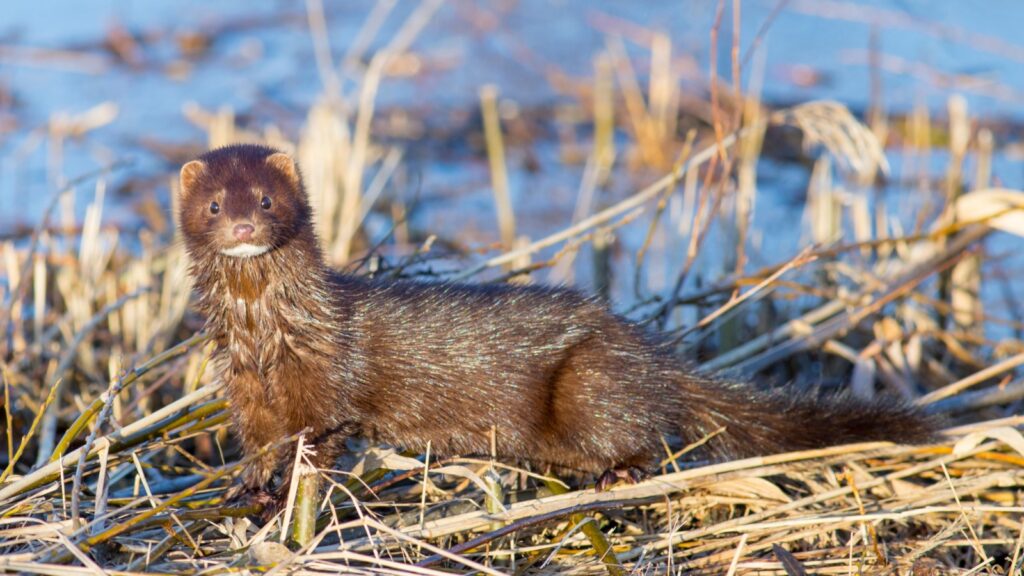
American mink, escapees from fur farms, have established themselves throughout Britain. These sleek predators have had a devastating impact on water vole populations, pushing this native mammal to the brink of extinction in many areas. Mink also prey on ground-nesting birds and other small animals, altering the balance of many ecosystems.
New Zealand Flatworm
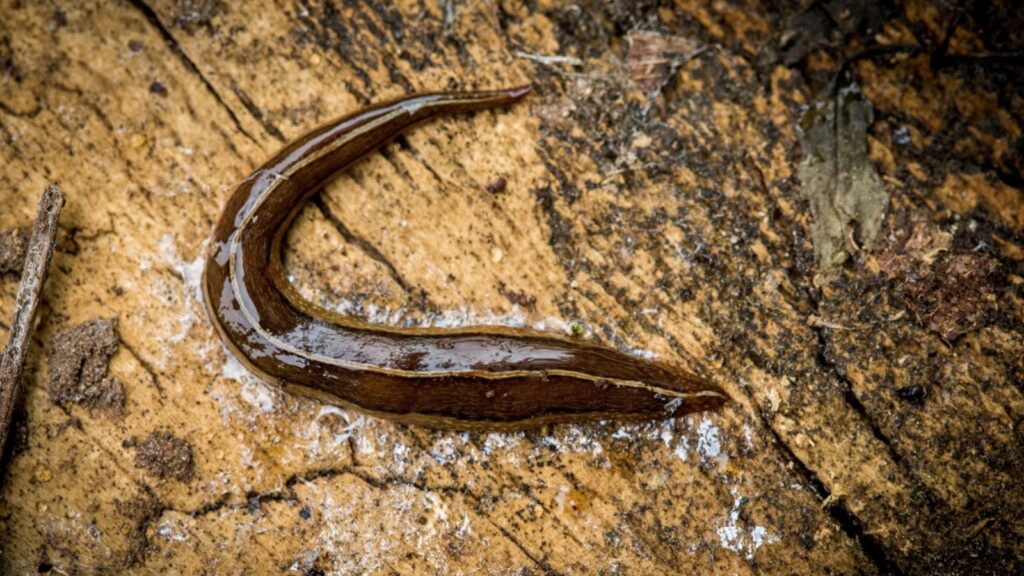
The New Zealand flatworm, likely introduced with imported plants, has become a threat to Britain’s earthworms. These flat, slimy creatures hunt and eat native earthworms, which play a crucial role in soil health. In areas where flatworms are present, earthworm populations have declined dramatically. This can lead to changes in soil structure and reduced soil fertility.
Zebra Mussel
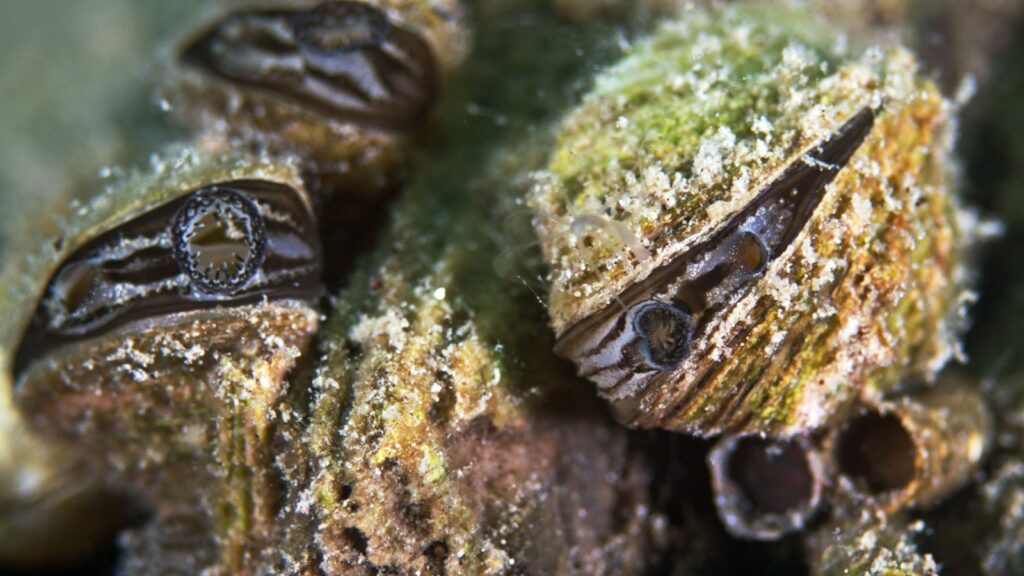
Zebra mussels, native to the Caspian Sea, arrived in Britain on the hulls of ships. These tiny mollusks reproduce rapidly, forming dense colonies that can block water pipes and damage boats. They filter huge amounts of water, altering food webs in lakes and rivers. Zebra mussels also provide a surface for other invasive species to grow on, further changing aquatic ecosystems.
Killer Shrimp
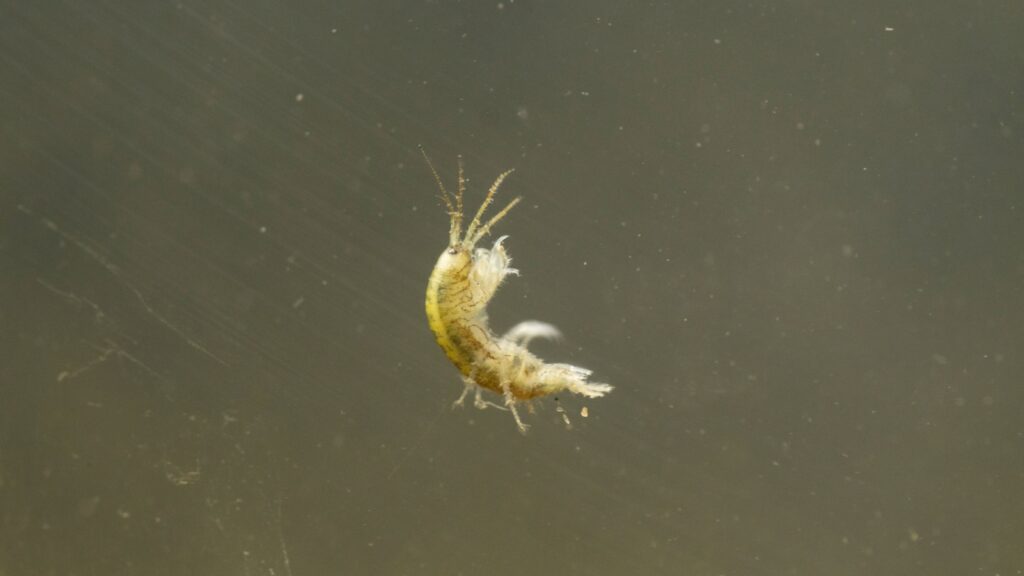
Despite its dramatic name, the killer shrimp is only about 3cm long. But don’t let its size fool you – this invasive crustacean is a voracious predator. It attacks and kills many native invertebrates, often without eating them. Killer shrimp can significantly alter the food web in the waterways they invade. Their presence can lead to declines in fish populations that rely on the invertebrates they kill.
Muntjac Deer
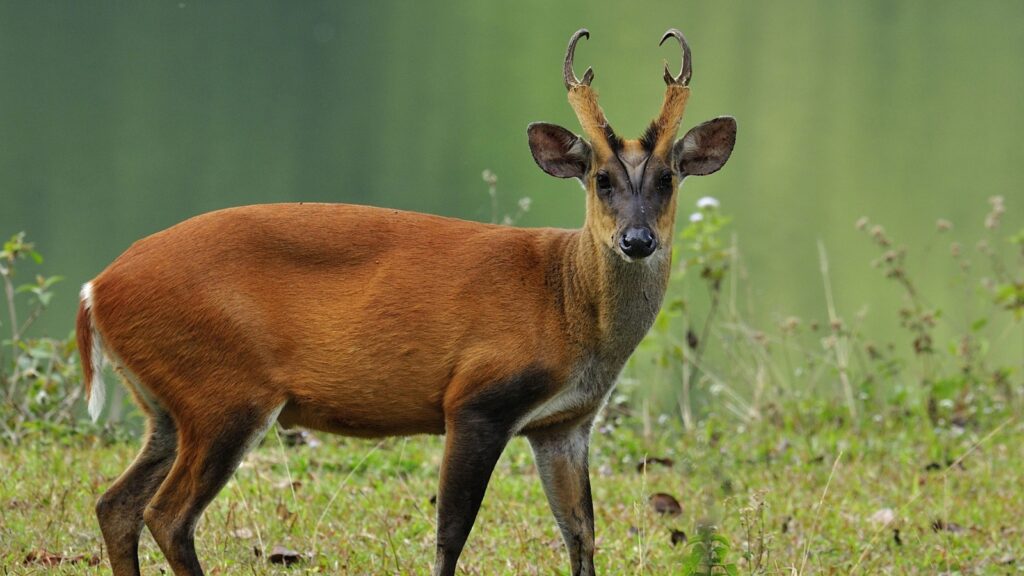
Muntjac deer, native to Asia, were introduced to Britain for ornamental purposes. These small deer have spread rapidly across the country. They browse heavily on woodland plants, preventing natural regeneration and reducing biodiversity. Muntjac can also damage crops and gardens. Their presence has changed the structure of many British woodlands.
Asian Hornet
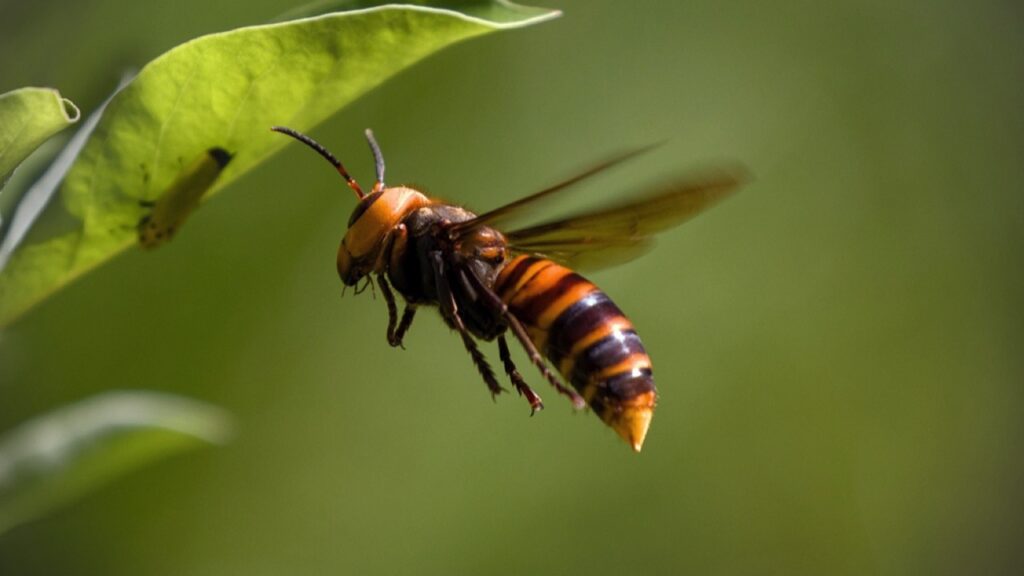
The Asian hornet, a recent arrival in Britain, poses a significant threat to honey bees and other pollinators. These large hornets can destroy entire bee colonies, potentially impacting both wild and cultivated plants that rely on pollination. Efforts are ongoing to prevent Asian hornets from establishing permanent populations in Britain.
Oak Processionary Moth
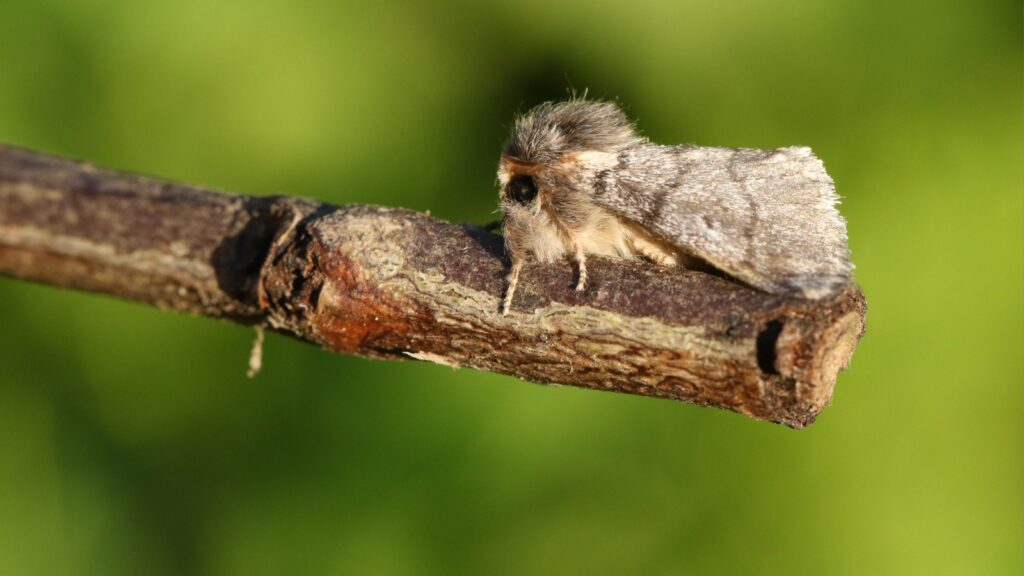
The oak processionary moth, native to southern Europe, was accidentally introduced to Britain on imported oak trees. The caterpillars of this moth feed on oak leaves, potentially defoliating entire trees. They also pose a health risk to humans and animals, as their tiny hairs can cause skin irritation and breathing problems. Control efforts are costly and ongoing.
Becky is a fervent wildlife enthusiast and pet care expert with a diploma in canine nutrition. Her love for animals stretches beyond the domestic, embracing the wild tapestry of global fauna. With over a decade of experience in animal welfare, Becky lends her expertise to OutlandishOwl through insightful articles, captivating wildlife information, and invaluable guidance on pet nutrition. Her work embodies a deep commitment to understanding the intricate lives of animals and a passion for educating others on sustaining natural habitats. Becky's hands-on conservation efforts and her knack for translating complex dietary science into practical pet feeding tips make her an indispensable voice for creatures great and small.

